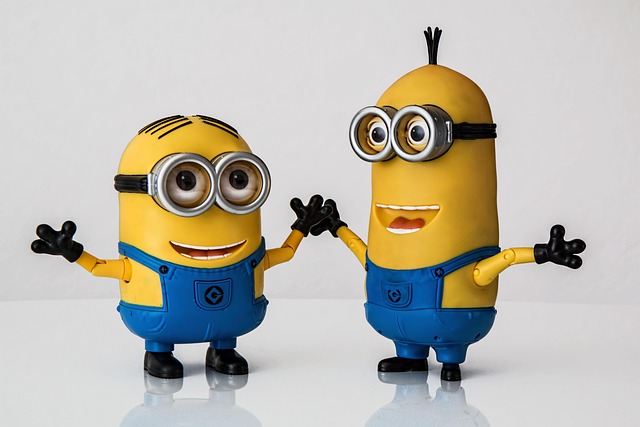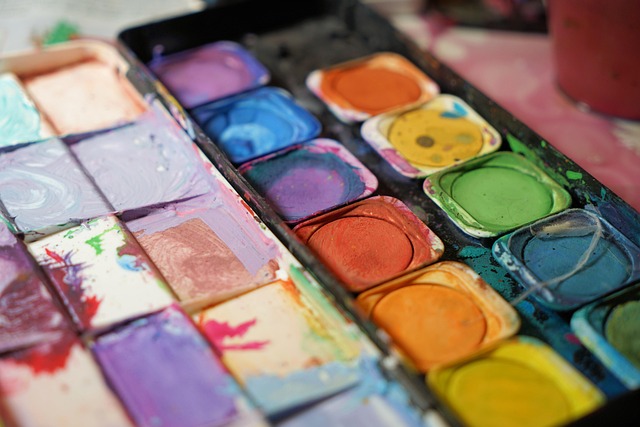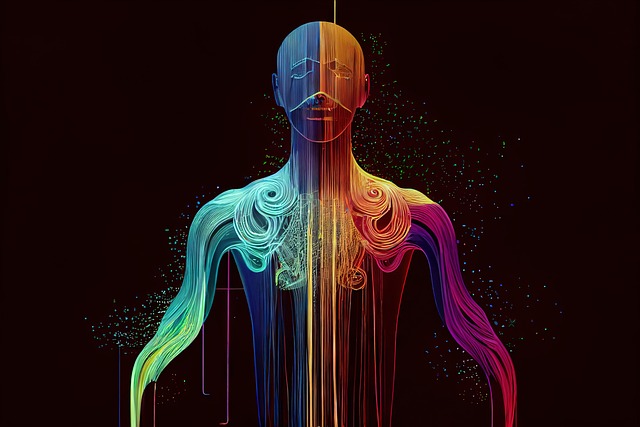Animation is not just a series of moving images; it’s an art form that brings imagination to life through dynamic visuals. The design elements involved in creating animation are as crucial as the artistry itself. Understanding the intricate balance between art and design in animation can elevate a project from ordinary to extraordinary, captivating the audience in ways that static graphics cannot.
The artistry of animation lies in the ability to tell stories through motion. Artists use their skills to create characters and environments that resonate with viewers on an emotional level. Every animated frame is thoughtfully crafted, with color palettes, character designs, and backgrounds carefully chosen to evoke particular feelings. Just as a painter selects colors to convey a mood, animators use style and motion to communicate nuanced emotions, making their work relatable and engaging.
In the realm of animation, design plays an equally vital role. The principles of design—balance, contrast, emphasis, movement, pattern, rhythm, and unity—are foundational in creating aesthetically pleasing animations. Designers must understand how to guide the viewer’s eye through the animation, ensuring that each element works harmoniously. The careful consideration of these principles in animation can dramatically enhance storytelling, allowing for clear communication of ideas without the need for dialogue.
Moreover, the design aspect influences the technical processes of animation. The choices made during the design phase dictate the type of animation techniques that can be employed. From traditional hand-drawn methods to cutting-edge 3D designs, each technique offers unique opportunities and challenges. This interplay between art and design necessitates a deep understanding of how forms and movements affect storytelling and audience engagement.
Furthermore, animation design doesn’t exist in a vacuum; it reflects contemporary culture, trends, and technology. As animators explore new software and tools, they push the boundaries of what’s possible in graphic design. This constant evolution encourages creativity and innovation, inspiring animators to experiment with styles and techniques that challenge traditional norms. As a result, animation can act as a mirror to society, showcasing diverse narratives and perspectives through an artistic lens.
Incorporating the principles of both art and design into animation creates a synergy that resonates with audiences worldwide. Animators engage with viewers not just through motion, but through a carefully orchestrated visual experience that leaves a lasting impression. Whether it’s a heartwarming tale or an adventurous saga, the art and design behind animation are what truly captivate the audience’s heart and mind, inviting them on a journey of imagination and expression.
As we delve deeper into the world of animation, understanding its artistic and design principles becomes increasingly essential. For aspiring animators and seasoned professionals alike, this fusion of art and design is where creativity flourishes, allowing for stories to be told in vibrant, moving images that can inspire and evoke emotions.




